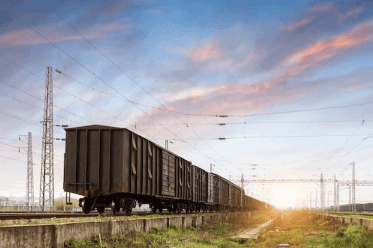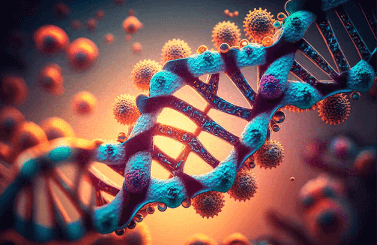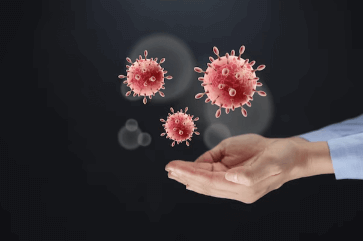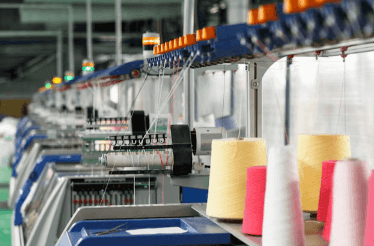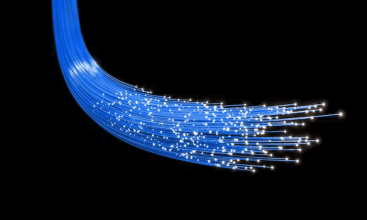Question
a.
10
b.
1
c.
0.1
d.
1000
Posted under Basic Chemical Engineering
Interact with the Community - Share Your Thoughts
Uncertain About the Answer? Seek Clarification Here.
Understand the Explanation? Include it Here.
Q. 1 Pascal (unit of pressure) is equal to __________ N/m².
Similar Questions
Explore Relevant Multiple Choice Questions (MCQs)
Q. In a binary liquid solution of components A and B, if component A exhibits positive deviation from Raoult's law, then component B
View solution
Q. Avogadro number is the number of molecules in one __________ of a gas.
View solution
Q. Number of gram equivalent of solute dissolved in one litre of solution is called its
View solution
Q. The number of atoms of oxygen present in 11.2 litres of ozone (O₃) at N.T.P. are
View solution
Q. Simultaneous doubling of the absolute temperature of a gas and reduction of its pressure to half, will result in __________ in the volume of the gas.
View solution
Q. pH value of an alkaline solution is
View solution
Q. 1 kg of calcium carbide (CaC₂) produces about 0.41 kg of acetylene gas on treatment with water. How many hours of service can be derived from 1 kg of calcium carbide in an acetylene lamp burning 35 litres of gas at NTP per hour ?
View solution
Q. According to Raoult's law, "The vapor pressure exerted by component in a solution is proportional to the mole fraction of that component." Raoult's law is not applicable under the following assumption/condition.
View solution
Q. Kinematic viscosity of 1 m² /second is equivalent to __________ stokes.
View solution
Q. Internal energy of a substance comprises of the __________ energy.
View solution
Q. The heat of adsorption of a gas caused by Van der Walls forces of attraction and capillarity is equal to the heat of
View solution
Q. The pressure of 'V' litres of a dry gas is increased from 1 to 2 kgf/cm² at a constant temperature. The new volume will become
View solution
Q. 1 torr is equivalent to
View solution
Q. Roult's law is obeyed by a __________ solution.
View solution
Q. At standard conditions,
N₂ + 2O₂ ↔ 2NO₂; ΔG° = 100 kJ/mole
NO + 1/2O₂ ↔ 2NO₂; ΔG° = -35 kJ/mole
The standard free energy of formation of NO in kJ/mole is
View solution
Q. For a reaction, X → Y, if the concentration of 'X' is tripled; the rate becomes nine times. The order of reaction is
View solution
Q. The vapor pressure of liquids of similar chemical nature at any particular temperature __________ with increase in the molecular weight.
View solution
Q. The vapor pressure of liquids (having similar chemical nature) at any specified temperature __________ with increasing molecular weight.
View solution
Q. Mass number of an atom is the sum of the numbers of
View solution
Q. Under conditions of equal reduced pressure and equal reduced temperature, substances are said to be in the 'corresponding states'. At equal reduced conditions i.e., at the corresponding state, the __________ of different gases are nearly the same.
View solution
Recommended Subjects
Are you eager to expand your knowledge beyond Basic Chemical Engineering? We've handpicked a range of related categories that you might find intriguing.
Click on the categories below to discover a wealth of MCQs and enrich your understanding of various subjects. Happy exploring!
